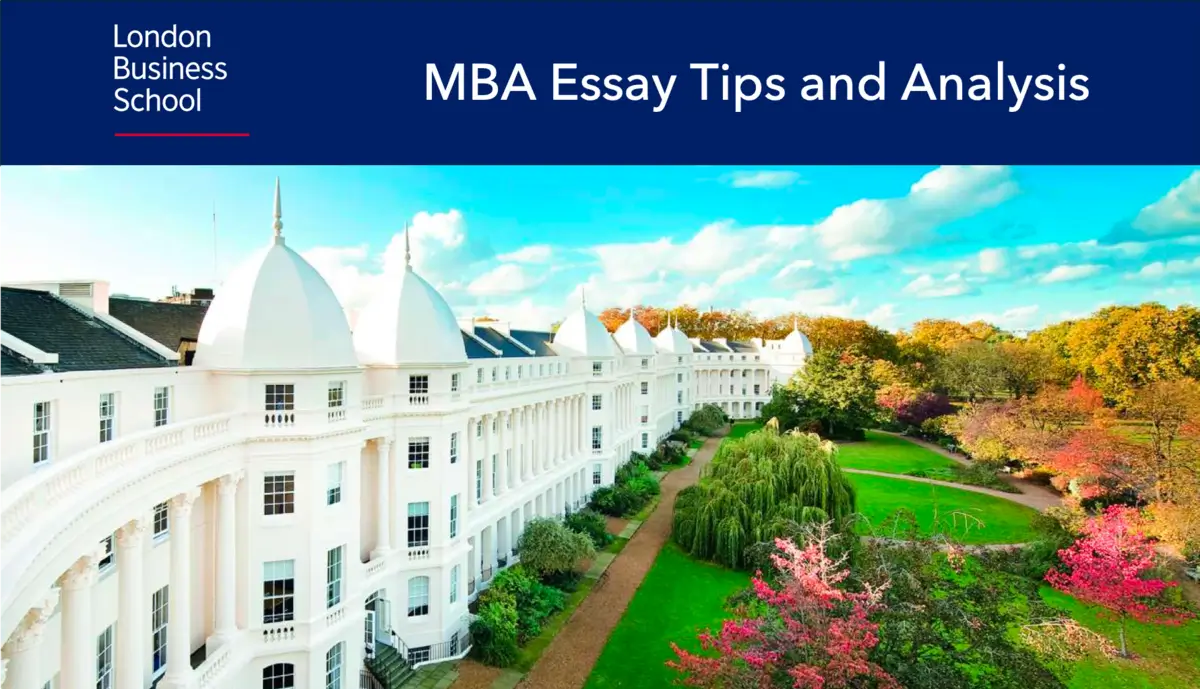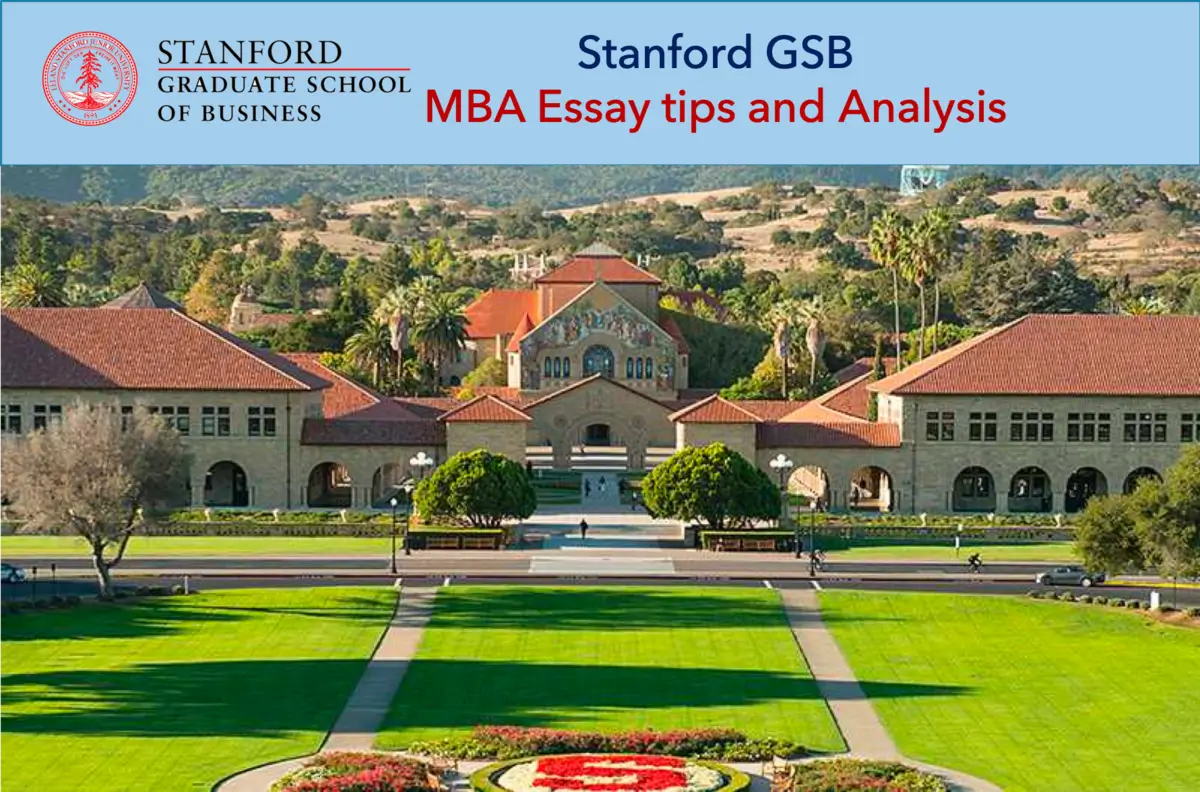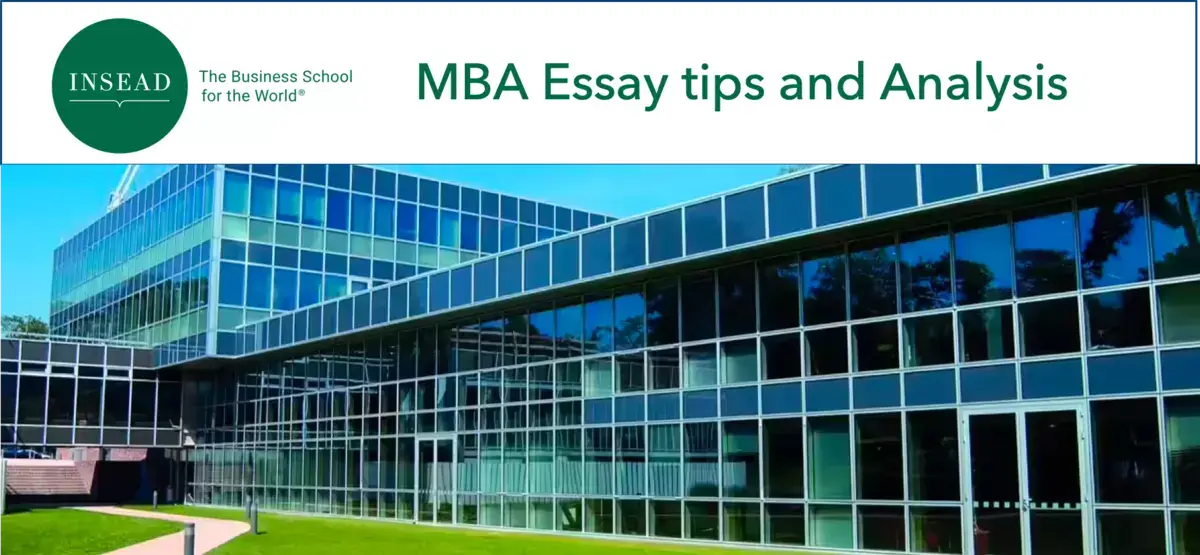When it comes to pursuing a graduate degree in business, two popular options often come to mind: Master of Business Administration (MBA) and Master in Management (MiM). These programs offer distinct educational experiences and career prospects, making it crucial for prospective students to understand the differences between MiM and MBA.

In this article, we will provide an in-depth comparison of these two degrees, covering their course structures, requirements, fees, scholarships, job prospects, and more.
Master in Management (MiM) and Master of Business Administration (MBA) are both prestigious graduate degrees in the field of business, but they cater to different audiences and have distinct characteristics.
MiM vs MBA – Key Differences
Here’s a table summarizing the key differences between MiM (Master in Management) and MBA (Master of Business Administration):
| Aspect | MiM (Master in Management) | MBA (Master of Business Administration) |
| Target Audience | Recent graduates or minimal work experience | Experienced professionals (typically 4-6 years) |
| Experience Level | Little to no work experience | Substantial work experience required |
| Curriculum | Foundational, covers broad business subjects | Extensive, includes core and specialized courses |
| Duration | Typically 1-2 years | Generally a 2-year program |
| Career Goals | Entry-level management roles | Leadership, strategy, executive roles |
| Specialization Options | Limited elective courses | Wide range of elective concentrations |
| Networking Opportunities | Limited industry experience | Diverse cohort with industry experience |
| Tuition Costs | Generally lower | Higher, often substantial |
| Financial Aid | Scholarships available | Scholarships and financial aid options |
| Entrance Requirements | Bachelor’s degree | Bachelor’s degree, substantial work experience |
| Typical Age of Candidates | Younger, recent graduates | Mid-career professionals |
Here are the key differences between MiM and MBA, explained in detail:
Audience
MiM: MiM programs are primarily designed for individuals with limited to no work experience or recent graduates. These programs target younger candidates who are looking to kickstart their careers in management or gain a solid foundation in business principles before entering the workforce.
MBA: MBA programs, on the other hand, are tailored for professionals who typically have several years of work experience, often ranging from 4 to 6 years on average. MBA candidates are looking to advance their careers, take on leadership roles, pivot to new industries, or enhance their business acumen.
Experience Level
MiM: MiM programs are intended for candidates with little or no work experience. They provide a foundational understanding of business and management concepts and are often seen as a bridge between undergraduate studies and a professional career.
MBA: MBAs are for candidates with substantial work experience. The experience of the MBA cohort enriches the program as students learn not only from faculty but also from each other’s diverse experiences and perspectives.
Curriculum
MiM: MiM programs offer a broad and foundational curriculum that covers essential business subjects such as accounting, finance, marketing, operations, and organizational behavior. These programs aim to provide a well-rounded education in business fundamentals.
MBA: MBA programs provide a more extensive and specialized curriculum. In addition to core business courses, MBA students can choose from a wide range of elective courses, concentrations, or tracks. MBA programs often emphasize leadership development, strategy, and decision-making, preparing graduates for executive-level roles.
Age and Experience
When you’re in the process of deciding between a Master in Management (MiM) or a Master of Business Administration (MBA), it is valuable to gain insight into the composition of the student cohorts in each of these degree programs.
If you are an undergraduate student or a recent graduate aspiring to pursue a career in the business world, the MiM program might be a fitting choice for you. Typically, this degree program tends to attract younger candidates who possess little to no work experience.
On the contrary, the MBA program tends to draw in more mature candidates who have already established their careers and accumulated a considerable amount of work experience. This work experience can vary from two or three years to well over a decade.
According to the mba.com Prospective Students Survey conducted by the Graduate Management Admission Council, a substantial 85 percent of MiM candidates are under the age of 24. This stands in stark contrast to the demographic of two-year, full-time MBA candidates, where only 28 percent fall into the same age bracket.
Furthermore, the survey reveals that a significant 61 percent of MBA candidates fall within the age range of 24 to 30, while a mere 12 percent of MiM candidates fall into this category. Moreover, 11 percent of MBA candidates are 31 years of age or older, indicating the diversity of age and experience within MBA programs.
Duration
MiM: MiM programs are typically shorter in duration, usually lasting one to two years. The shorter timeline is suitable for individuals looking for a quick entry into the job market or those who wish to gain foundational knowledge before pursuing further education.
MBA: MBA programs generally take two years to complete. The extended duration allows for a deeper dive into coursework and more extensive networking opportunities, making it well-suited for professionals seeking a comprehensive career transformation.
Career Goals
MiM: MiM graduates often enter entry-level management positions in various industries. These positions may include roles in consulting, finance, marketing, and general management. MiM programs can serve as a stepping stone to further education, specialization, or gaining practical experience before pursuing an MBA or other advanced degrees.
MBA: MBA graduates are typically prepared for leadership roles in various sectors. They commonly pursue careers in executive management, consulting, entrepreneurship, and strategic leadership. The emphasis on networking, experiential learning, and real-world projects during MBA programs can lead to excellent job opportunities and career progression.
Cost
When considering the financial aspect of pursuing a graduate business degree, you’ll find that the Master in Management (MiM) option tends to be more budget-friendly compared to the Master of Business Administration (MBA). For instance, at the London Business School, opting for the MiM program will require an investment of just over US$50,000. In contrast, the school’s MBA program comes with a considerably higher price tag, approaching close to US$130,000.
It’s worth noting, though, that not all MiM programs carry such a hefty price tag. For instance, the highly-regarded St. Gallen Master in Strategy & International Management offers a more economical option, with costs totaling around US$11,000 for international applicants.
On the other hand, the cost of an MBA degree can vary significantly depending on your chosen institution and location. In Europe, top-tier MBA programs typically range from US$60,000 to the US$130,000 benchmark set by the London Business School. In the United States, the expense can escalate even further, with the best two-year MBA programs demanding upwards of US$146,000.
When you take into account the comprehensive cost, encompassing not only tuition fees but also living expenses during the duration of your degree, it’s noteworthy that the MBA program at the MIT Sloan School of Management claims the title of the world’s most expensive MBA. The total cost surpasses US$240,000. Therefore, making an informed financial decision between MiM and MBA is pivotal to your academic and career journey.
Eligibility Criteria
The eligibility criteria for MiM (Master in Management) and MBA (Master of Business Administration) programs differ significantly due to the distinct target audiences and educational backgrounds each program is designed for. Here are the key differences in eligibility criteria for MiM and MBA:
MiM (Master in Management):
- Academic Background: MiM programs typically require candidates to hold a bachelor’s degree from a recognized institution. However, MiM programs are often open to a wide range of academic backgrounds, including liberal arts, sciences, engineering, and business.
- Work Experience: MiM programs are generally designed for candidates with limited to no work experience. They are suitable for recent college graduates or those with minimal professional experience, typically ranging from 0 to 2 years.
- Standardized Tests: Many MiM programs require applicants to submit competitive scores on standardized tests like the GMAT or GRE. However, some programs may waive these requirements, especially for candidates with exceptional academic records.
- Letters of Recommendation: MiM applications often ask for letters of recommendation, typically from professors or academic advisors who can speak to the candidate’s academic abilities and potential.
- Statement of Purpose: Candidates are usually required to submit a statement of purpose or personal statement outlining their motivation for pursuing the MiM program, career goals, and how the program aligns with their aspirations.
- Interview: Some MiM programs may conduct interviews as part of the selection process to assess a candidate’s communication skills, motivation, and fit for the program.
MBA (Master of Business Administration):
- Academic Background: MBA programs also require candidates to have a bachelor’s degree from an accredited institution. However, they often seek candidates with diverse academic backgrounds, including business, engineering, humanities, and sciences.
- Work Experience: MBA programs typically target candidates with significant work experience. While the exact requirements can vary, most MBA programs prefer applicants with 4 to 6 years of professional experience on average. Some top-tier MBA programs may require even more substantial experience.
- Standardized Tests: Most MBA programs require applicants to submit competitive GMAT or GRE scores. However, the weight given to these scores can vary between programs, with some offering waivers for candidates with extensive experience or strong professional achievements.
- Letters of Recommendation: MBA applications commonly require letters of recommendation, preferably from supervisors or professional contacts who can provide insights into the candidate’s leadership potential and contributions in a professional context.
- Statement of Purpose or Essays: MBA applications typically include essays or personal statements that ask candidates to share their career goals, leadership experiences, and why they are interested in the program.
- Interview: MBA programs often conduct interviews as part of the selection process. These interviews assess not only a candidate’s qualifications but also their interpersonal and leadership skills.
Salary
The salary that graduates can earn after completing a MiM (Master in Management) or MBA (Master of Business Administration) program can vary widely depending on several factors, including the specific program, location, industry, experience level, and individual performance. Here’s a general overview of the earning potential for graduates of MiM and MBA programs:
MiM (Master in Management)
- Starting Salary: MiM graduates typically start their careers in entry-level management positions. The starting salaries for MiM graduates can vary widely depending on the industry, geographic location, and the reputation of the MiM program. On average, MiM graduates may expect a starting salary in the range of $40,000 to $70,000 per year.
- Salary Growth: While MiM graduates begin with relatively lower salaries compared to MBA graduates, they can experience steady salary growth over time as they gain experience and take on more responsible roles. Over the course of several years, MiM graduates can progress to mid-level and senior management positions, which often come with higher compensation.
- Industry Impact: The industry in which MiM graduates choose to work can significantly affect their salary. Fields like finance and consulting tend to offer higher starting salaries, while other sectors may offer lower initial compensation.
MBA (Master of Business Administration)
- Starting Salary: MBA graduates typically start with higher salaries than MiM graduates due to their prior work experience and the advanced education they receive. The starting salaries for MBAs can vary significantly depending on factors such as the program’s reputation and location. On average, MBA graduates might expect starting salaries ranging from $80,000 to $150,000 or more per year.
- Salary Growth: MBA graduates often experience rapid career progression and salary growth. Within a few years of completing their MBA, many graduates advance to leadership and executive roles, where compensation packages can be substantial. This includes positions such as senior managers, directors, and C-suite executives.
- Industry and Location: Just like MiM graduates, the industry and location choices of MBA graduates can have a significant impact on their salary outcomes. MBA graduates working in industries like finance, consulting, technology, and healthcare often earn higher salaries. Additionally, working in major cities with a higher cost of living can lead to more substantial compensation packages.
- Return on Investment (ROI): While MBA programs are more expensive and require a longer time commitment than MiM programs, the potential return on investment can be significant. The higher starting salaries and faster career progression associated with MBA graduates often justify the investment in the program.
How to choose between MiM and MBA?
Choosing between MiM (Master in Management) and MBA (Master of Business Administration) programs is a significant decision that should align with your career goals, experience level, and personal circumstances. Here are steps to help you make an informed choice:
Clarify Your Career Goals
Consider your long-term career aspirations. Do you aim to enter the workforce immediately after graduation, or are you planning for more senior leadership roles in the future?
Assess Your Work Experience
Determine the extent of your work experience. MiM programs are typically for those with limited to no experience, while MBA programs target professionals with several years of experience.
Evaluate Your Education Level
Take into account your current educational background. Recent graduates often lean towards MiM programs, whereas those with undergraduate degrees and work experience are better suited for MBAs.
Research Program Curricula
Review the curriculum of MiM and MBA programs at various institutions. Compare the courses offered, specializations available, and the depth of business knowledge provided.
Consider Program Duration
Assess your readiness for the program duration. MiM programs are generally shorter, typically lasting one to two years, while MBA programs often require two years of commitment.
Calculate Costs and Financial Considerations
Determine your budget and financial resources. MiM programs tend to have lower tuition fees, making them more accessible to recent graduates. MBA programs are usually more expensive but can offer a higher return on investment over time.
Explore Scholarships and Financial Aid
Look into available scholarships and financial aid options for both MiM and MBA programs. Scholarships can help alleviate the financial burden.
Networking Opportunities
Consider the importance of networking in your career goals. MBA programs often provide extensive networking opportunities with experienced professionals and alumni.
Research Institutions
Explore universities and business schools offering MiM and MBA programs. Consider factors like program reputation, faculty expertise, alumni networks, and location.
Seek Guidance
Consult with academic advisors, career counselors, and professionals in your desired field. They can offer valuable insights and help you make an informed decision.
Assess Personal and Family Circumstances
Consider your personal life, such as family responsibilities and commitments, as these factors can influence your ability to pursue full-time or part-time programs.
Reflect on Your Short-Term and Long-Term Goals
Think about your immediate career goals and how they align with each program. Consider the potential impact on your earning potential, job prospects, and career progression.
Plan for the Future
Think about your long-term goals beyond your initial career steps. Consider whether you envision yourself pursuing further education, starting a business, or taking on leadership roles.
Weigh the Pros and Cons
Create a list of the pros and cons of each program based on your research and considerations. This can help you visualize the differences and make an objective decision.
Make an Informed Decision
After thorough research and self-assessment, choose the program that best aligns with your career aspirations, current circumstances, and long-term goals.
FAQs – MiM vs MBA
MiM programs are designed for individuals with limited to no work experience or recent graduates, providing a foundational understanding of business. In contrast, MBA programs are intended for experienced professionals seeking career advancement, leadership roles, or career changes.
While some MBA programs accept candidates with minimal work experience, the majority of top-tier MBA programs prefer applicants with several years of professional experience, typically ranging from 4 to 6 years.
MiM programs offer a broad and foundational curriculum, covering essential business subjects. In contrast, MBA programs provide a more extensive and specialized curriculum, often including leadership, strategy, and elective concentrations.
There are typically no specific age requirements for MiM or MBA programs. Admission decisions are primarily based on academic qualifications, work experience (for MBAs), and other application materials.
MiM programs are generally more affordable than MBA programs in terms of tuition fees. However, MBA programs often lead to higher starting salaries and faster career progression, potentially justifying the higher cost.
Yes, it is possible to transition from an MiM program to an MBA program later in your career if you have gained sufficient work experience and meet the admission requirements of the MBA program you wish to pursue.
Both MiM and MBA programs often offer scholarships and financial aid options to help students offset the cost of tuition. Scholarship availability varies by institution and program.
MiM graduates typically start in entry-level management positions, while MBA graduates often enter more senior roles, such as managers, directors, or executives. Career opportunities depend on factors like experience, industry, and location.
Both MiM and MBA programs can provide valuable skills for entrepreneurship. MiM programs offer foundational knowledge, while MBA programs often offer specialized entrepreneurship courses, resources, and networking opportunities.
The choice between MiM and MBA depends on your career goals, experience level, and personal circumstances. Consider factors like your desired job roles, willingness to invest in further education, and financial considerations when making your decision.




